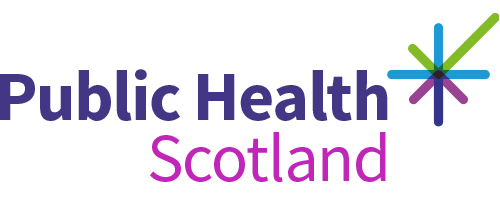- Published
- 10 July 2025
- Journal article
The relative effectiveness of personal protective equipment and environmental controls in protecting healthcare workers from Covid-19
- Authors
- Source
- Annals of Work Exposures and Health
Full text
Abstract
Objectives
Our aim was to explore the probable effectiveness of personal protective equipment (PPE) and environmental controls in protecting healthcare workers from Covid-19 infection using the Covid Exposure Model and Risk App (CEMRA), which estimates the risk of infection by various pathways.
Methods
We adapted a compartmental model of nine states within a hospital room to estimate virus transport and fate for contact and inhalation transmission from an infected patient, implemented using a discrete-time Markov-chain. Cough spray transmission was modeled separately, extrapolated to the expiratory volume, with a probability of the cough impacting the face in proportion to the surface area of the mucous membranes. Infectious profiles of patients observed in hospitals, constructed using information on salivary virus concentration, exhaled emissions and cough frequency, were categorized from “extremely low” to “extremely high” in seven steps. We parameterized the model using measurements made in three Scottish hospitals along with estimates from the literature. Seven interventions spanning PPE, engineering controls and administrative controls were applied to simulations of a health care worker working in a small room.
Results
Route of infection and to a lesser extent efficacy of controls depended on the infectiousness of the patient; inhalation was the main transmission route in scenarios from “extremely low” to “moderate” infectiousness. For these lower infectious profiles, the surgical mask, surgical mask combined with hand hygiene, and surgical mask, hand hygiene and surface disinfection showed between a 60% and 64% average reduction in risk compared with no intervention. The use of natural ventilation and an air purification device resulted in a modeled 71% to 77% reduction in risk. A healthcare worker wearing an FFP2 or FFP3 respirator, was associated with an 86% to 95% reduction in risk. Finally, a ventilated headboard or a powered respirator with hood showed between a 91% and 99% reduction in risk. For the “high” to “extremely high” infectious profiles the cough spray route predominated, although the modeled effectiveness of the interventions was similar to the lower infectious profiles.
Conclusion
The use of a flexible quantitative microbial risk assessment model can assess the likely reduction of risk of Covid-19 from workplace controls under various assumptions. Respirators and local ventilation were the most effective modeled interventions.
Rights
This is an Open Access article distributed under the terms of the Creative Commons Attribution License (https://creativecommons.org/licenses/by/4.0/), which permits unrestricted reuse, distribution, and reproduction in any medium, provided the original work is properly cited.
Cite as
Cherrie, M., Loh, M. & Cherrie, J. 2025, 'The relative effectiveness of personal protective equipment and environmental controls in protecting healthcare workers from Covid-19', Annals of Work Exposures and Health, article no: wxaf040. https://doi.org/10.1093/annweh/wxaf040
